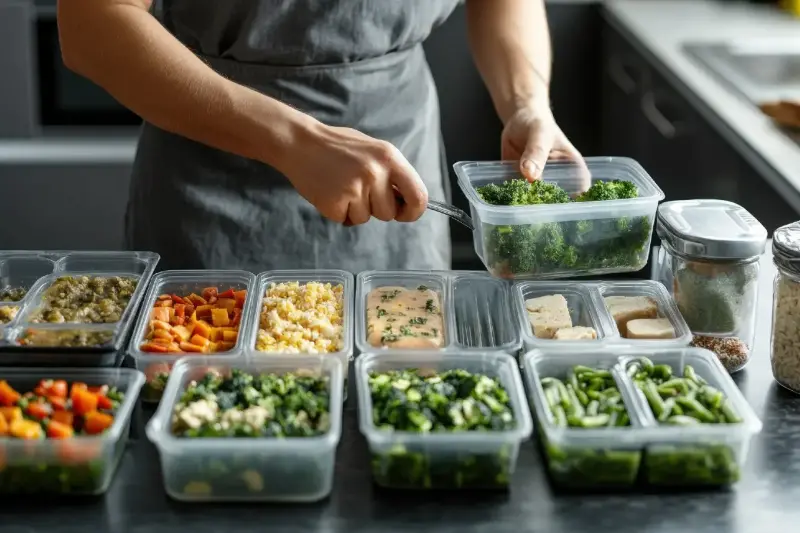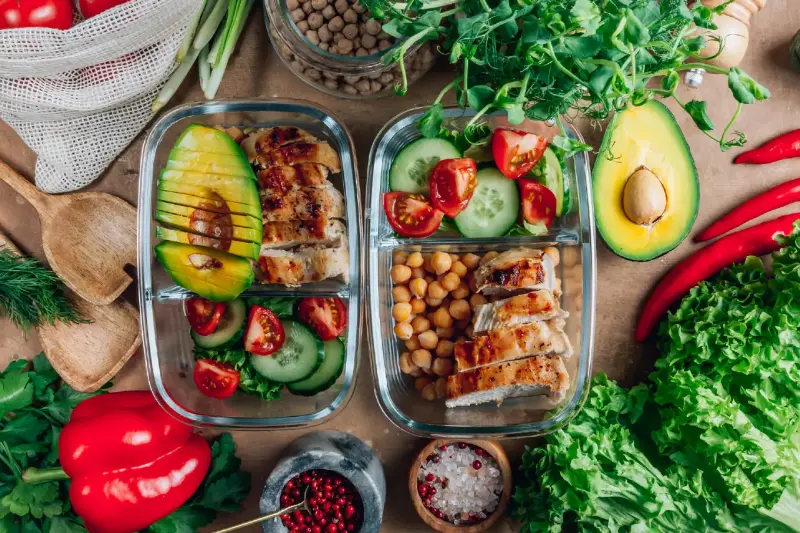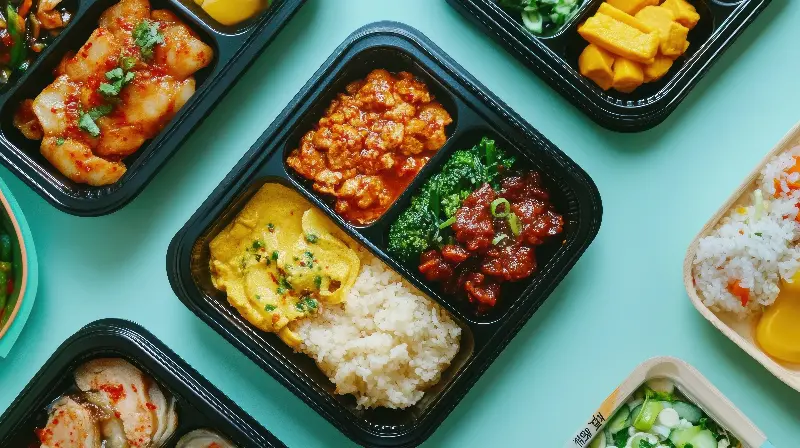For anyone whose schedule feels like an endless carousel of work, family obligations, and the daily grind, the idea of sitting down to a home-cooked meal can sometimes feel like an unattainable luxury. Between shopping, cooking, and cleaning, meals can soak up hours you simply don’t have to spare. Enter meal prepping, the time-saving, money-stretching strategy that’s quietly revolutionising kitchens everywhere. But meal prepping isn’t just the domain of fitness fanatics or culinary gurus—anyone can benefit from some savvy forward planning in the kitchen.

Why Meal Prepping Is a Game Changer
Meal prepping is about so much more than simply packing leftovers into containers. At its heart, it’s a way to take control of your diet, your budget, and your precious free time. By cooking in larger quantities and portioning meals ahead of time, you slash the daily stress of “what’s for dinner?” Not only does it help trim your grocery bill (no more impulse takeaways when you’re too hungry to think), but it puts a stop to food waste by using up ingredients before they go bad.
In recent surveys, those who meal prep regularly save, on average, $30 to $60 USD each week compared to those who don’t. Over a year, that’s a potential saving of more than $1,500 USD. That’s not just pocket money—that’s cash for holidays, hobbies, or even paying down debts.
The Time and Money Connection
One of the biggest reasons people cite for not eating well is lack of time. The beauty of meal prepping is that it breaks the cycle. By setting aside a couple of hours—usually on a weekend or a quiet evening—you can prepare a week’s worth of meals in one go. The result? Each day, you’re minutes away from a nutritious, homemade meal that just needs to be reheated or assembled.
Imagine the time you reclaim: no daily dashes to the shop, no panicked last-minute meal decisions, and less frequent washing up. According to a 2023 study, people who prep their meals spend 40% less time cooking and cleaning up during the week. That’s time you can reinvest in yourself—be it through relaxation, exercise, or simply spending more quality moments with loved ones.

Making Meal Prepping Work For You
Think you need fancy gadgets or chef-level skills? Think again. Most meal preppers survive with just some sturdy containers, a good knife, and basic pots and pans. The key is to start simple—pick a handful of recipes you already enjoy and look for ways to cook elements in bulk.
Batch cooking is your best friend. Roast a tray of vegetables, simmer a pot of rice, or grill chicken breasts to use in various dishes—think grain bowls, wraps, or hearty salads. Sauces and dressings can be mixed up in advance, adding fresh flavour and variety each day without more work.
It’s also worth embracing the freezer. Not only does freezing extend the life of prepared meals, but it widens your options. Double up on your favourite recipes and freeze half, so you have quick solutions ready for unexpected busy days.
Customising Your Approach
Meal prepping isn’t one-size-fits-all. Some prefer to prepare fully cooked meals ready to heat and eat, while others assemble “meal kits” with chopped veg, marinated proteins, and grains, keeping things fresh until it’s time to cook.
For families, prepping “meal components”—such as taco fillings, pasta sauces, and stir-fry bases—lets everyone mix and match dinners according to their tastes. If variety is vital for you, plan two or three different base meals and swap sides and toppings all week. Seasonality is your ally too: prepping with what’s in season can cut costs and keep your meal plan tasting vibrant.

What To Avoid and Top Tips
Even the most well-intentioned meal prepper can fall into common traps. One is preparing too much of the same thing and getting bored halfway through the week. Mix up seasonings, swap out sauces, or freeze half your batch for later to keep things exciting.
Another tip: label your containers. A strip of masking tape and a marker can save you from mystery meals and help track what needs to be eaten first. Invest in clear storage so you can see what’s inside, and always cool food before storing to keep everything safe and tasty.
Don’t forget about snacks and breakfasts. Overnight oats, pre-cut fruit, nut jars, or energy bars can stop you reaching for less healthy options when hunger strikes at odd hours.
Interesting Facts and Why Meal Prepping Is Trending
Meal prepping isn’t just a kitchen hack—it’s a movement. On Instagram alone, the hashtag #mealprep has over 12 million posts, with people sharing their colourful containers and time-saving creations.
Recent trends in meal prepping include “mason jar salads,” which keep greens fresh and crisp, and sheet pan dinners, where everything roasts together on a single tray. Advances in technology also mean there are now apps to help plan portions, calories, and shopping lists.
What’s perhaps most inspiring is that meal prepping fits any diet or lifestyle—vegetarian, vegan, gluten-free, keto, or just plain hungry. It also helps people become more mindful eaters; a 2022 British Nutrition Foundation poll found that people who plan or prep meals waste less food and report eating more balanced diets.
By taking a few hours to plan and prep, you’re not just feeding yourself—you’re reclaiming your time, saving money, and shaping a healthier lifestyle.
If you’re feeling too busy to eat well, meal prepping might just be the secret ingredient missing from your routine. It’s easy to get started, endlessly customisable, and packed with benefits that go far beyond the dinner plate. Why not give it a try and see just how much more you can savour every day?
